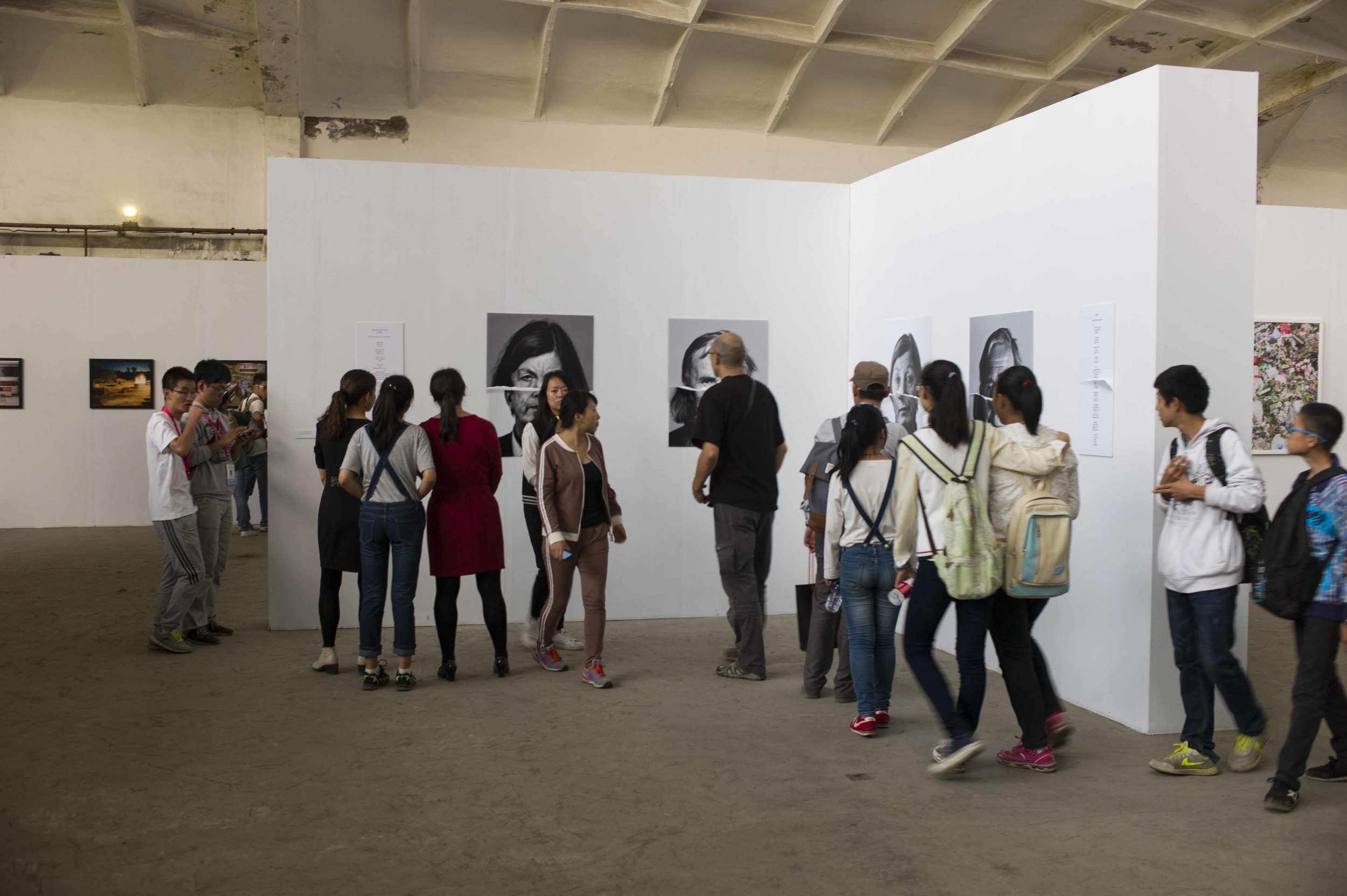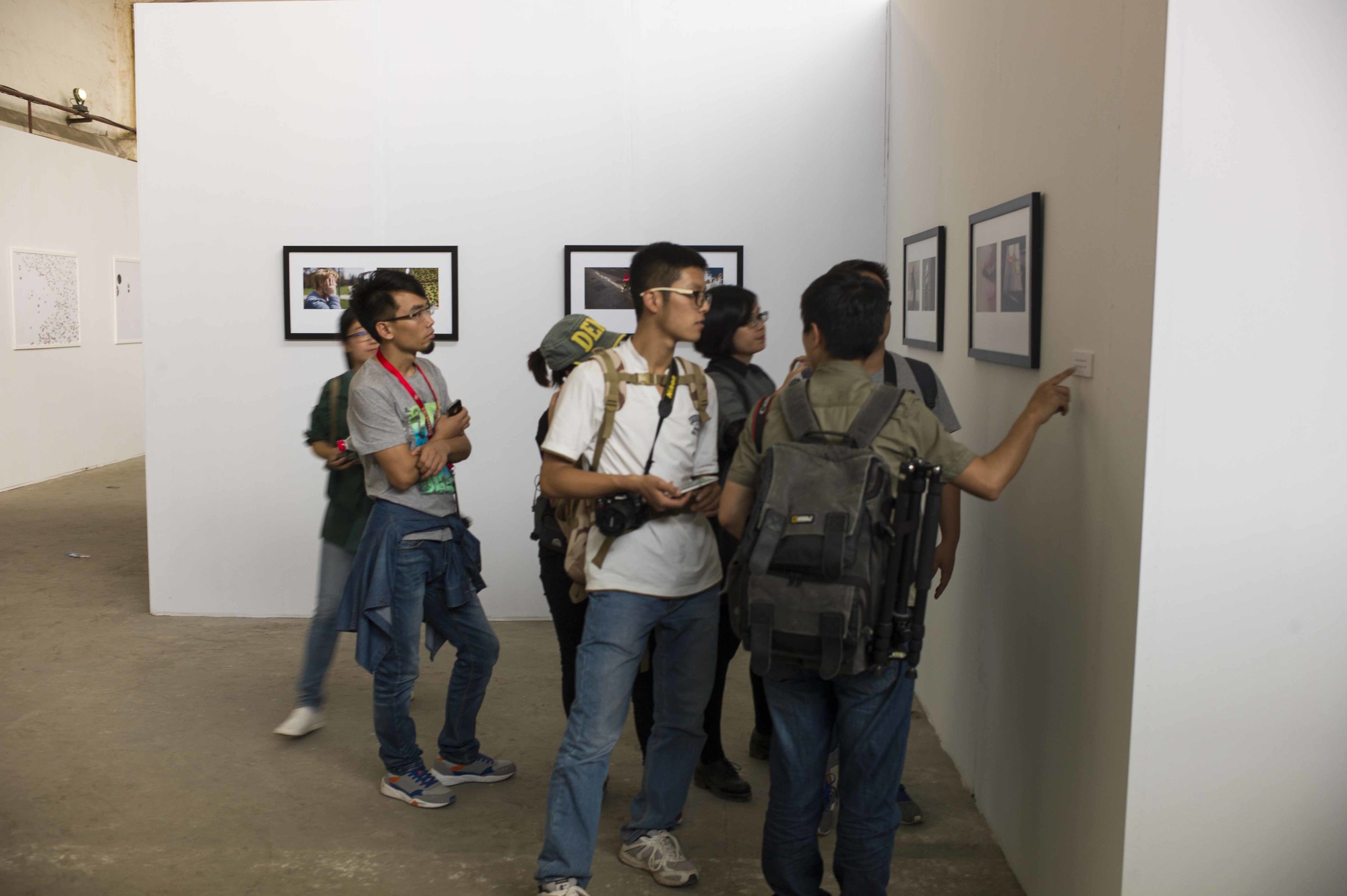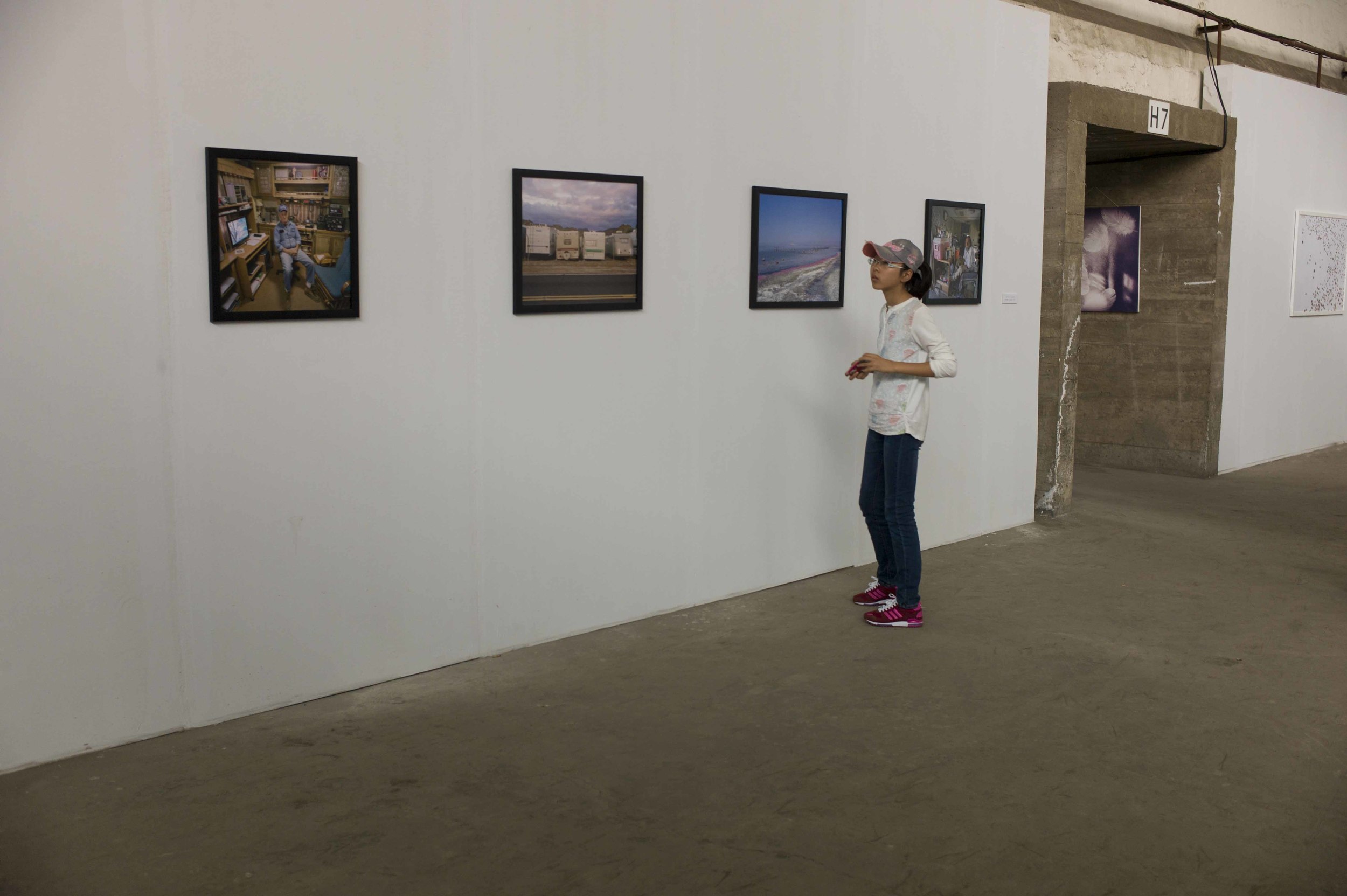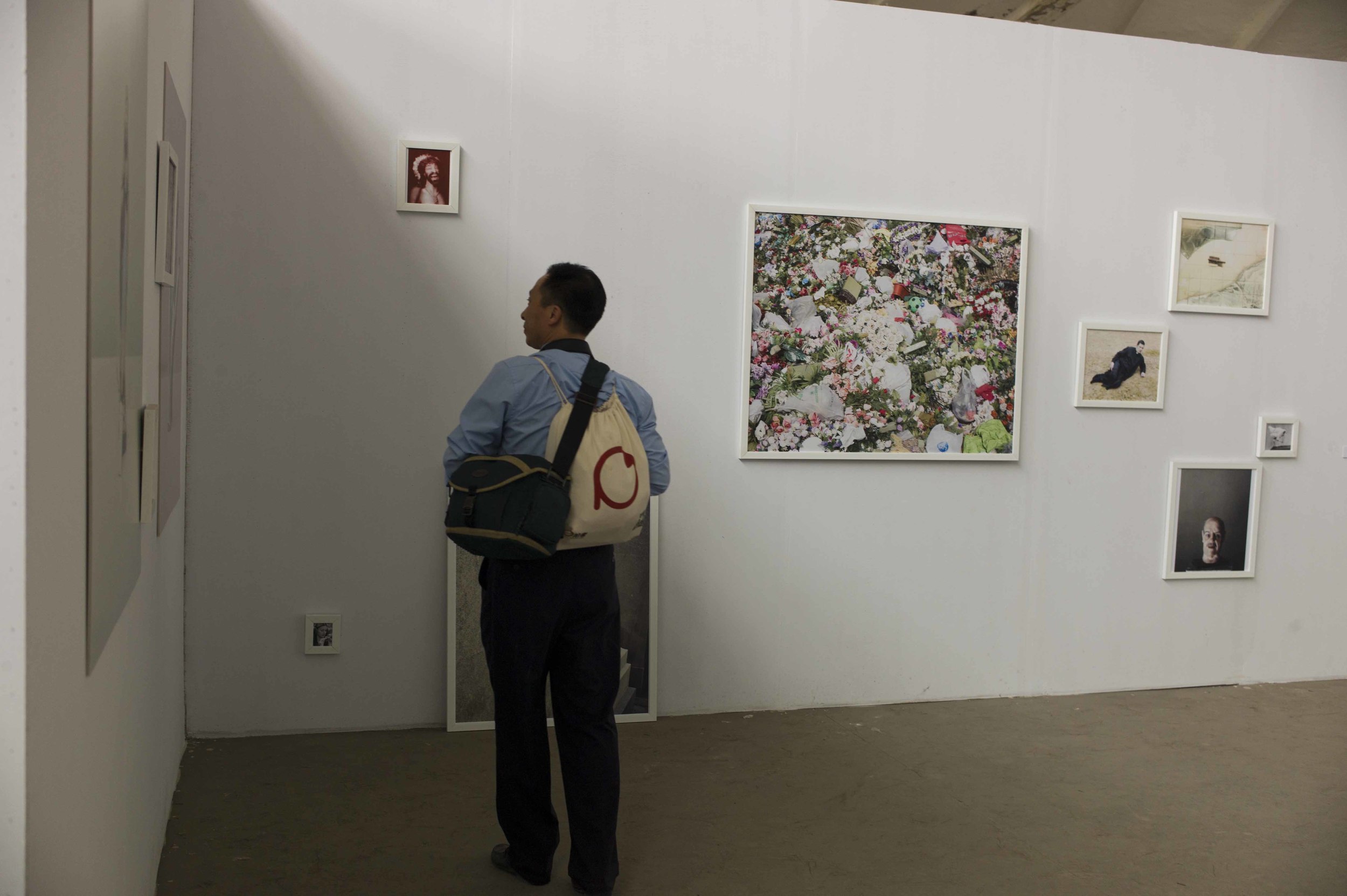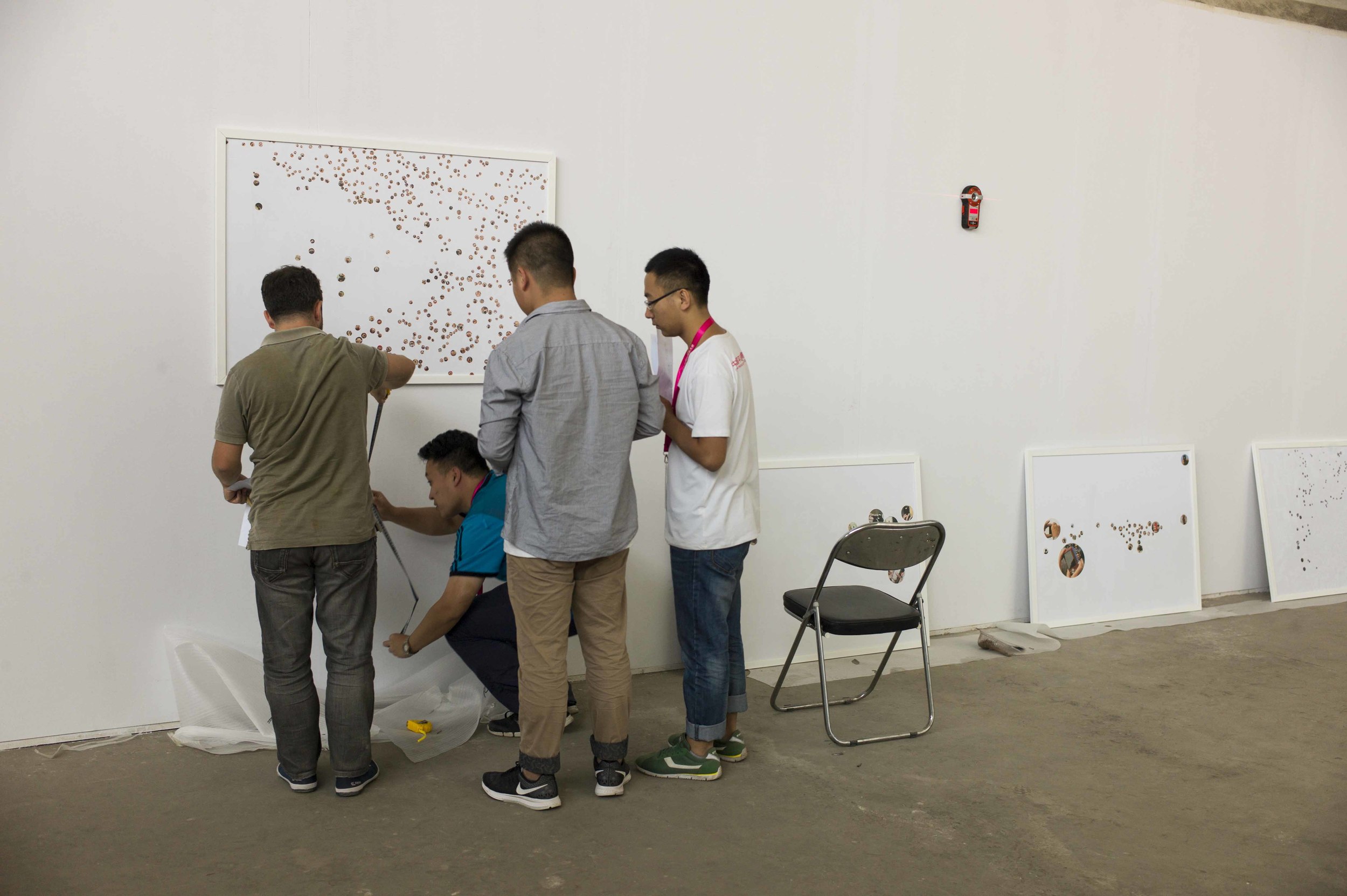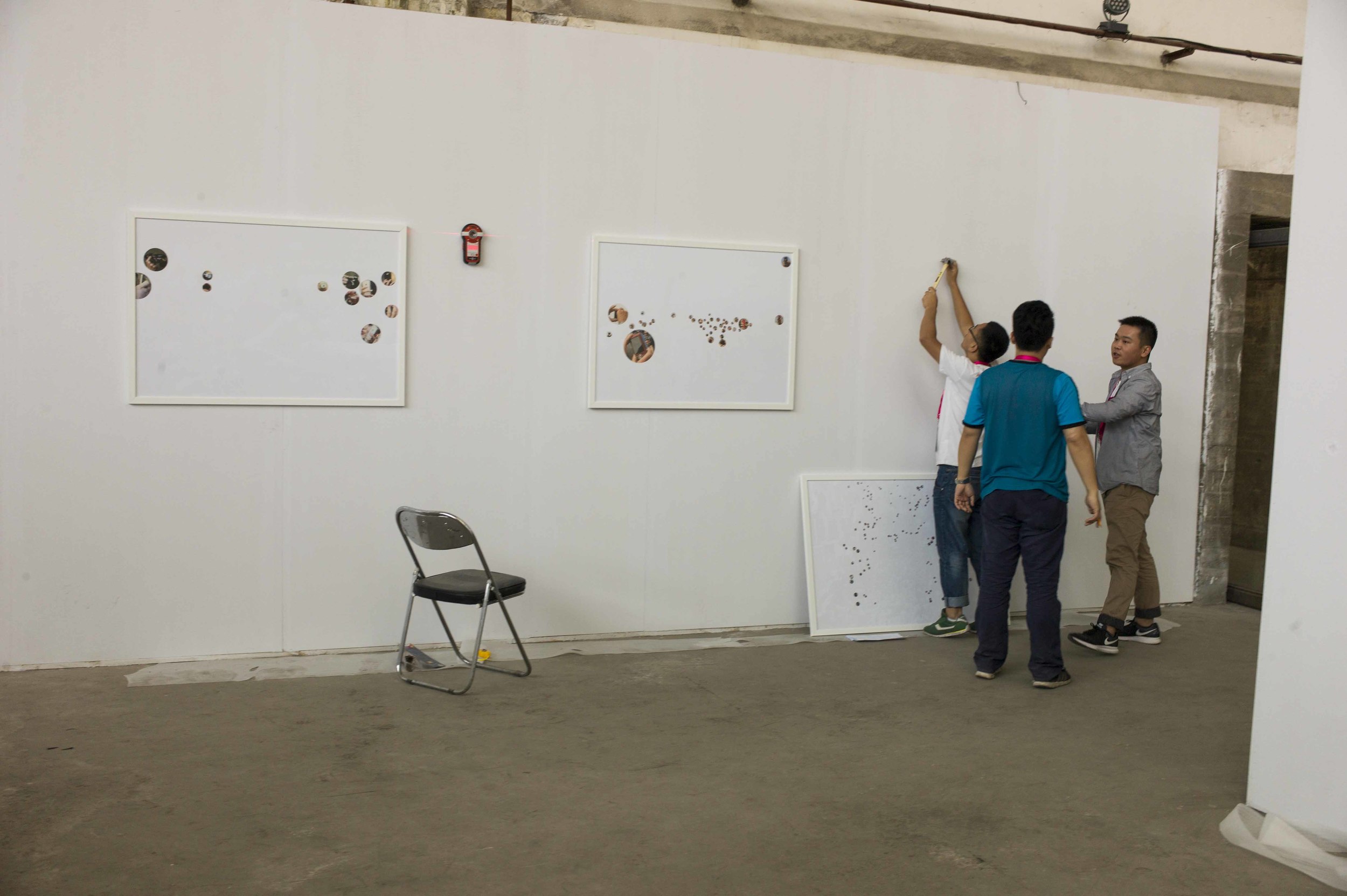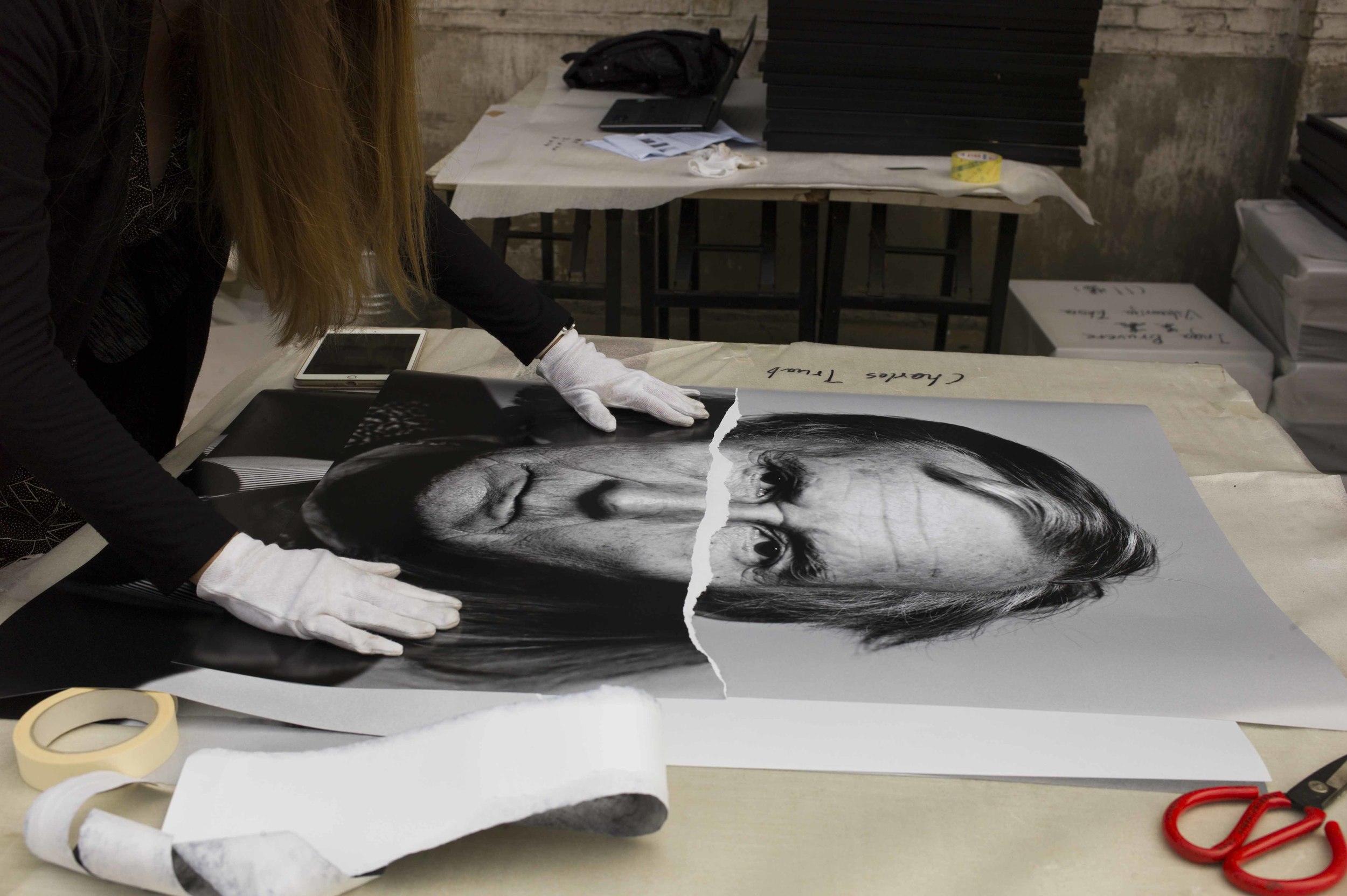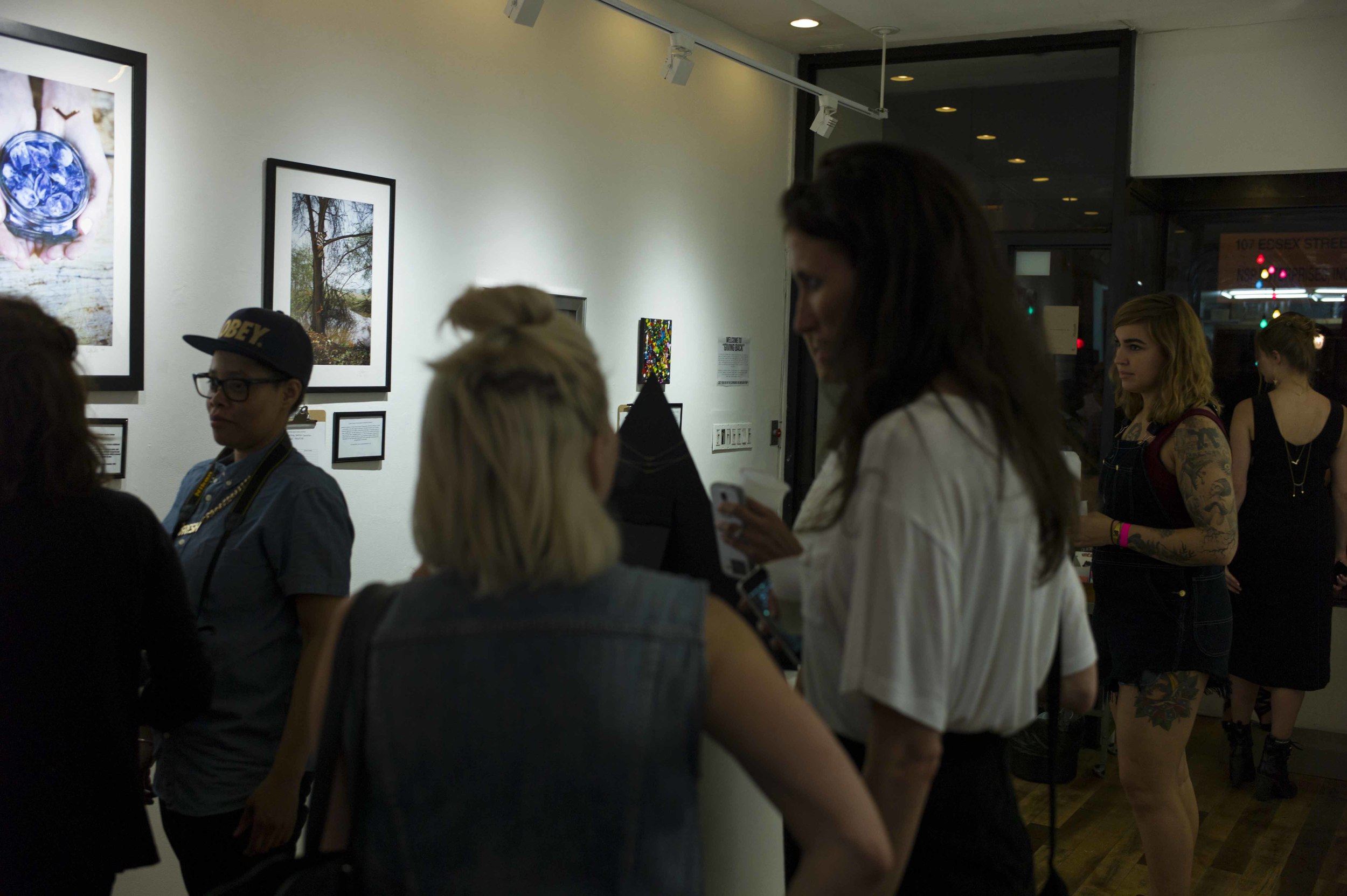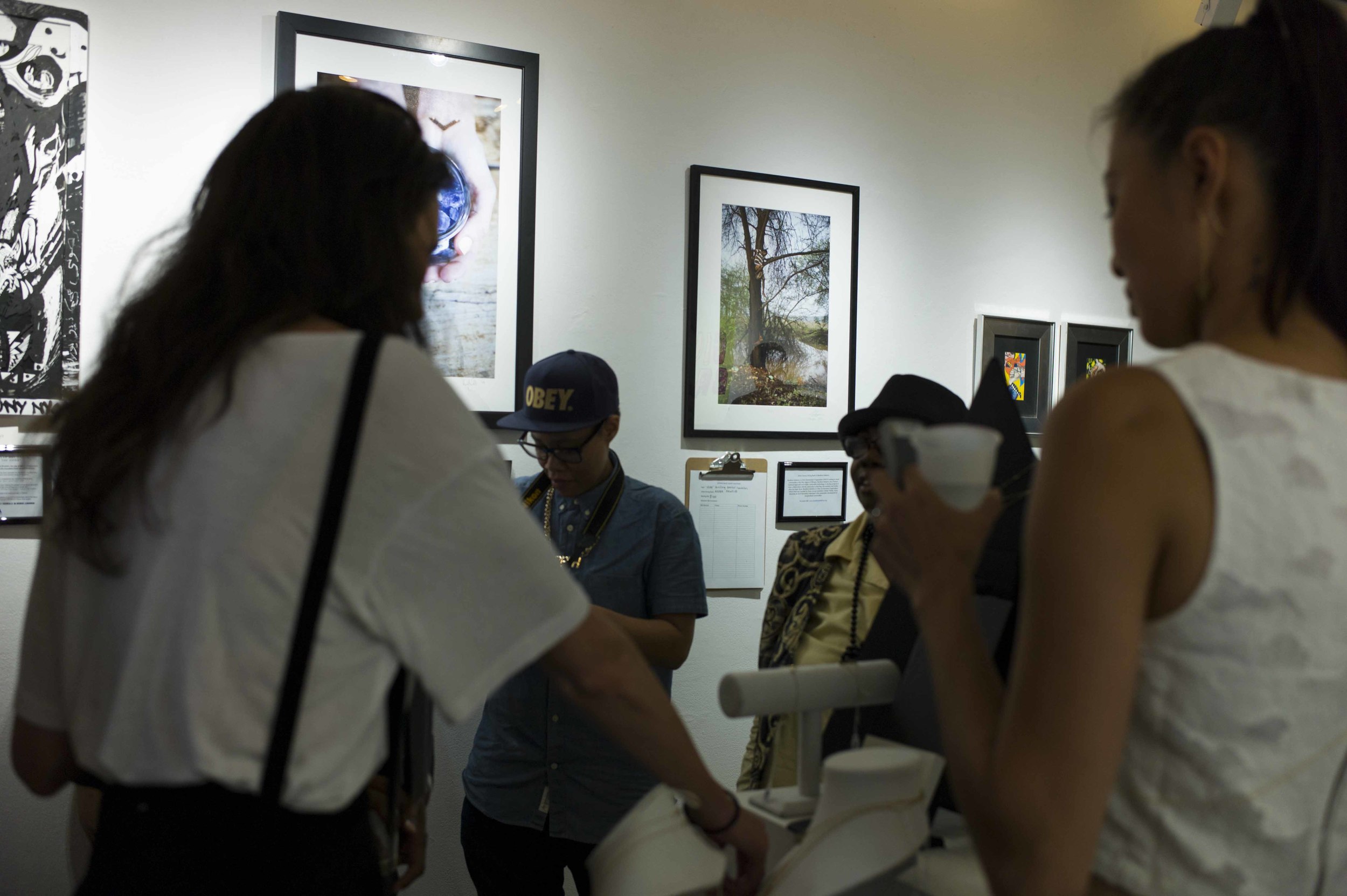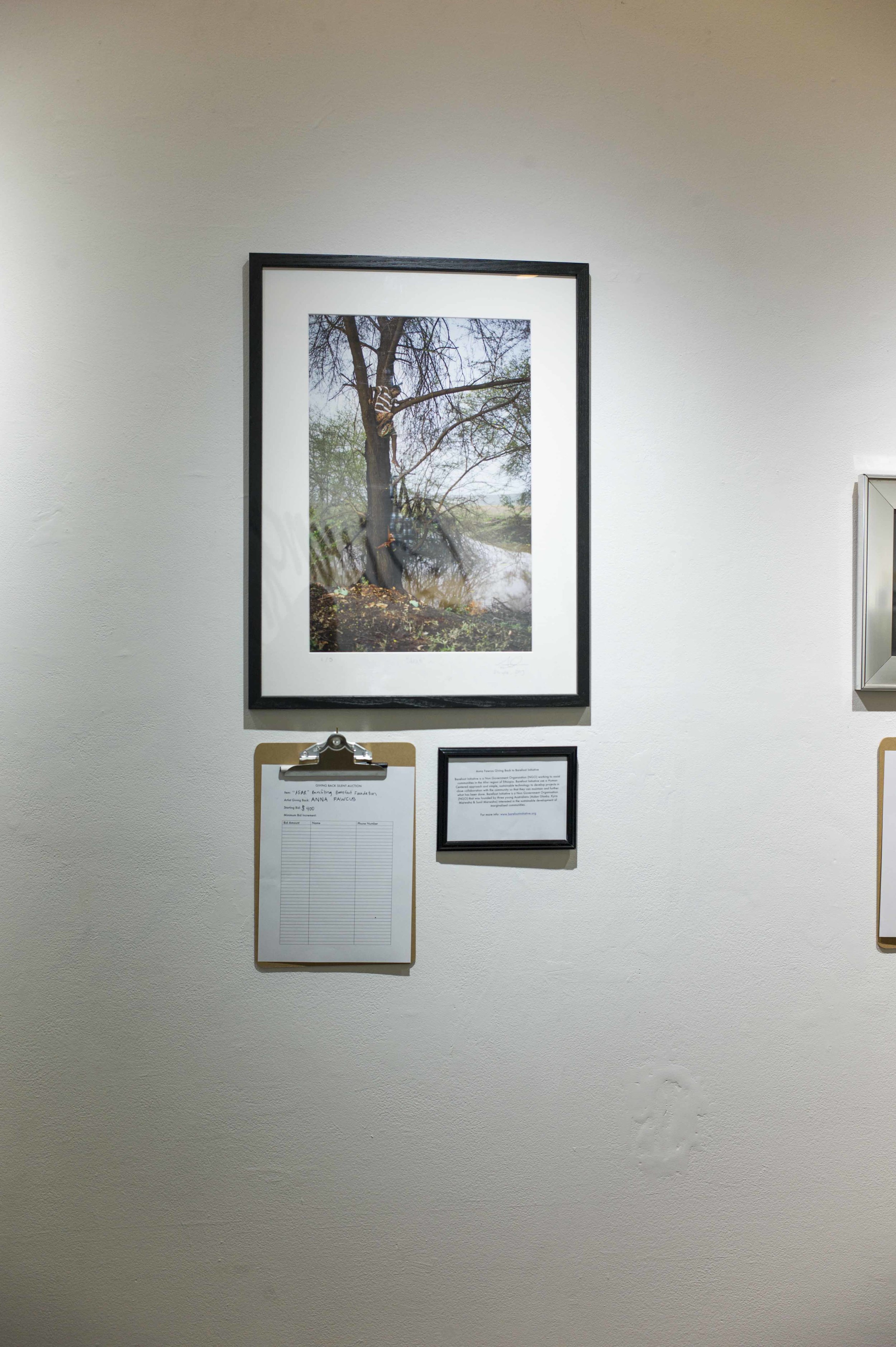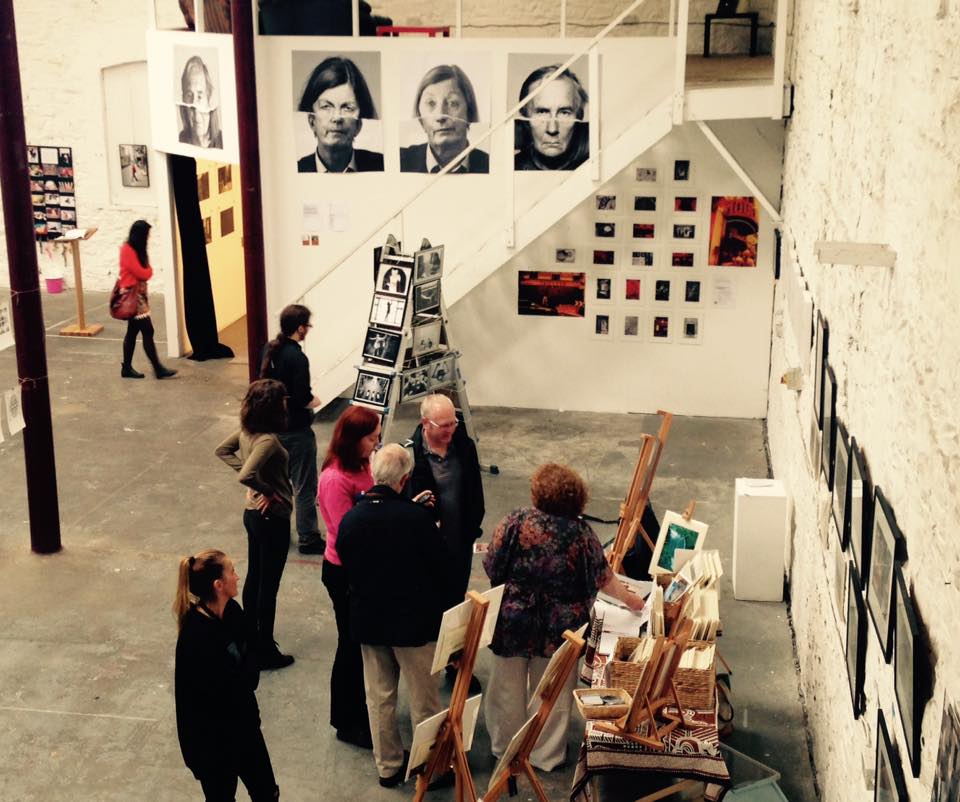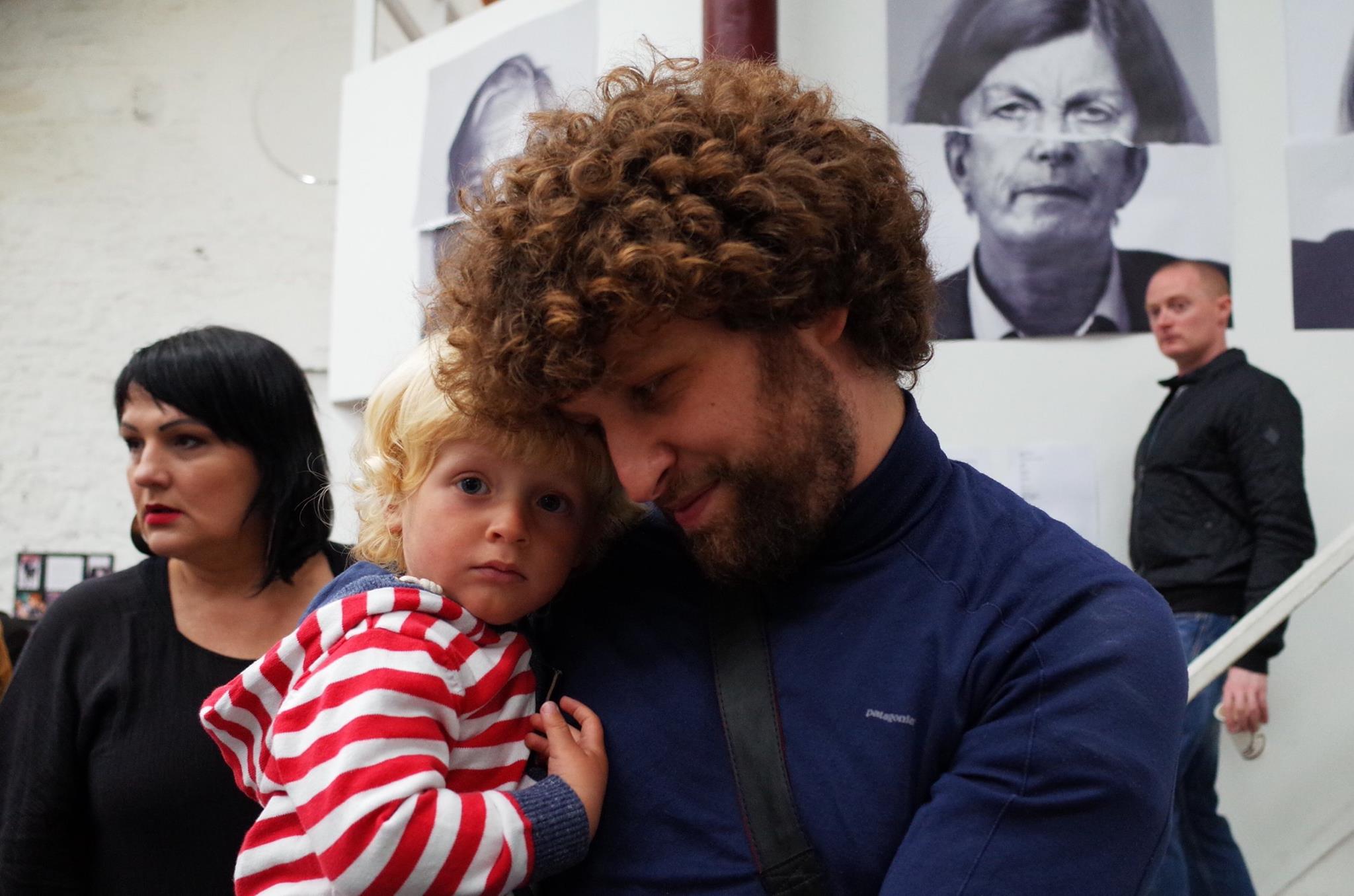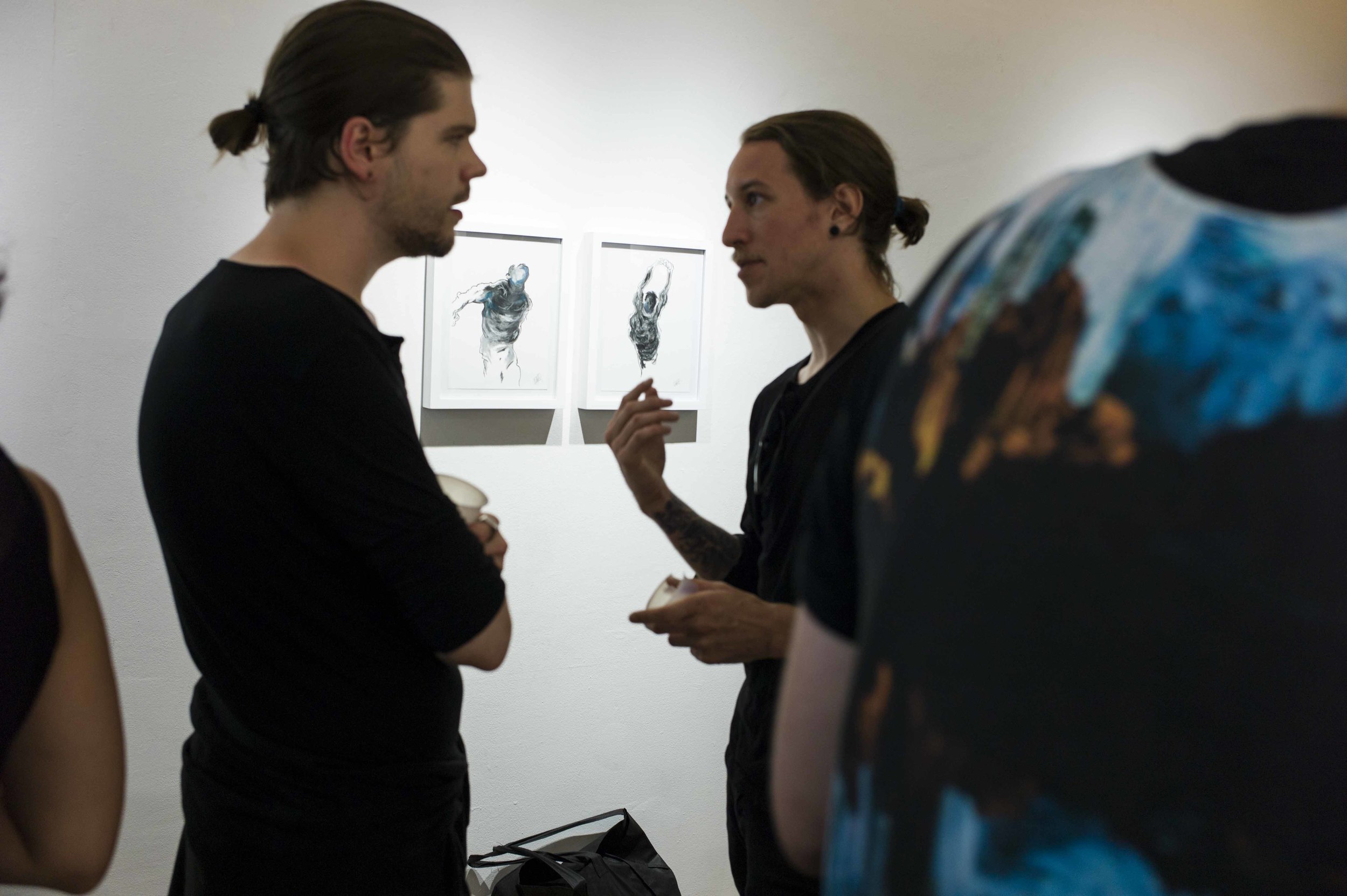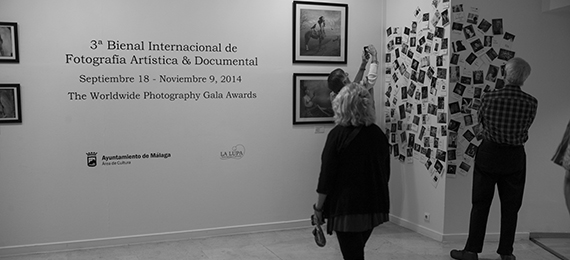Last night was the opening night of 'Giving Back', at Con Artist Gallery, in the Lower East Side of New York.
In the city of New York there is no shortage of people in need of a hand. A group of our artists are coming together to give back, each in their own personal way. Regardless of where we are in our art, we’ve all had some help along the way. Contributing artists in Giving Back now return the favor by donating a percentage of their sales to a chosen charity.
This was a great opportunity for me to share not only an image from the Afar region of Ethiopia, but also to share some information about Barefoot Initiate:
Barefoot Initiative is a Non Government Organsiation (NGO) working to assist communities in the Afar region of Ethiopia. They use a Human Centered approach, applying simple, and appropriate technology to develop projects in close collaboration with the community so that they can maintain and further what has been done.
The Afar region lies in North Eastern Ethiopia and is the hottest inhabited place in the world. The Afar people of Ethiopia are nomadic pastorlists who survive by herding camels, cows and goats. The estimate of the population is approximately 2.2 million. They live a harsh existence faced by violent tribal rivalry, constant drought, and extreme weather conditions that commonly exceed 40 degrees centigrade. The Afar has fewer hospitals, schools or social services than almost any other region in Ethiopia. Although under-five mortality rates are declining in general in Ethiopia, in the Afar they are increasing (EDHS 2011): 127 deaths per 1000 children surviving to 12 months of age. From the 2011 Ethiopian Demographic and Health survey it is estimated that approximately only 5% of the Afar population has access to proper health care and there are only two hospitals that serve the entire region, which covers 278,000 sq. Kms. Literacy among the Afar is very low, around 2%, with conventional schooling inappropriate for the nomadic lifestyle. The traditional language spoken by the Afar people known a Cafar-af, is not used by the educational system, and thus deters many students.
For more information about Barefoot Initiative, the work they do, and the Afar region of Ethiopia, please visit their website
The exhibition Giving Back will run from September 8th through September 19th @ Con Artist Gallery, 119 Ludlow Street, New York
Here are a few photos from the opening reception:















